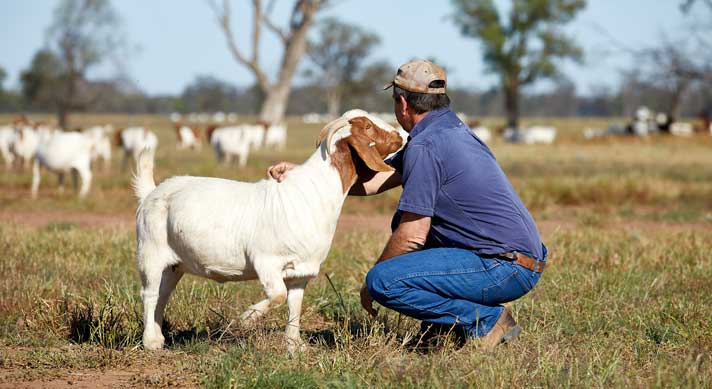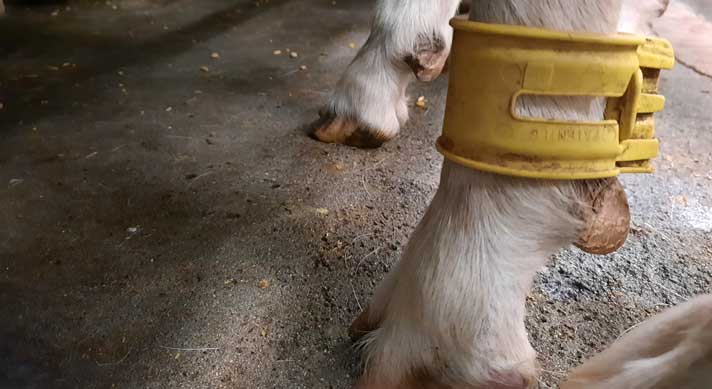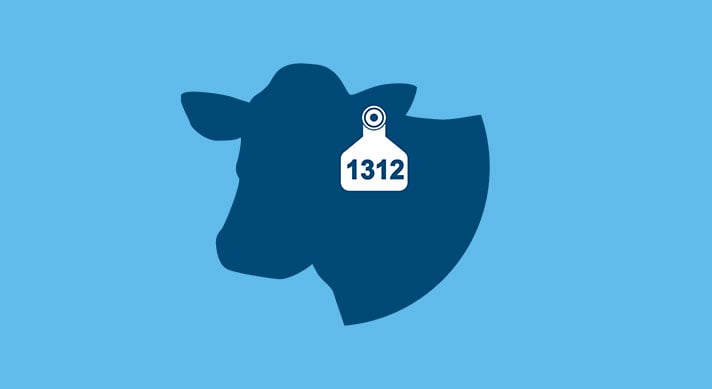Going into Goats: Obligations for producers
11 October 2022
-Min Read
MLA’s Going into Goats program now includes the newest information and resources to comply with NLIS and LPA.

Quick facts:
- MLA’s Going into Goats provides tools and information to help goat producers increase productivity while minimising risk
- Module 3: Industry Obligations outlines key areas goat producers must be aware of in relation to LPA and NLIS requirements
- Goat producers have a responsibility to comply with legislation and assurance programs to ensure quality, safety and traceability of goat and goatmeat products
The Going for Goats guide has 11 modules that address different aspects of the goat production system, all of which can be downloaded for free here.
For more information on rangeland-specific goat management, visit: Module 12: Rangeland Management
For more information on goat producer integrity, visit: Home | Integrity Systems

